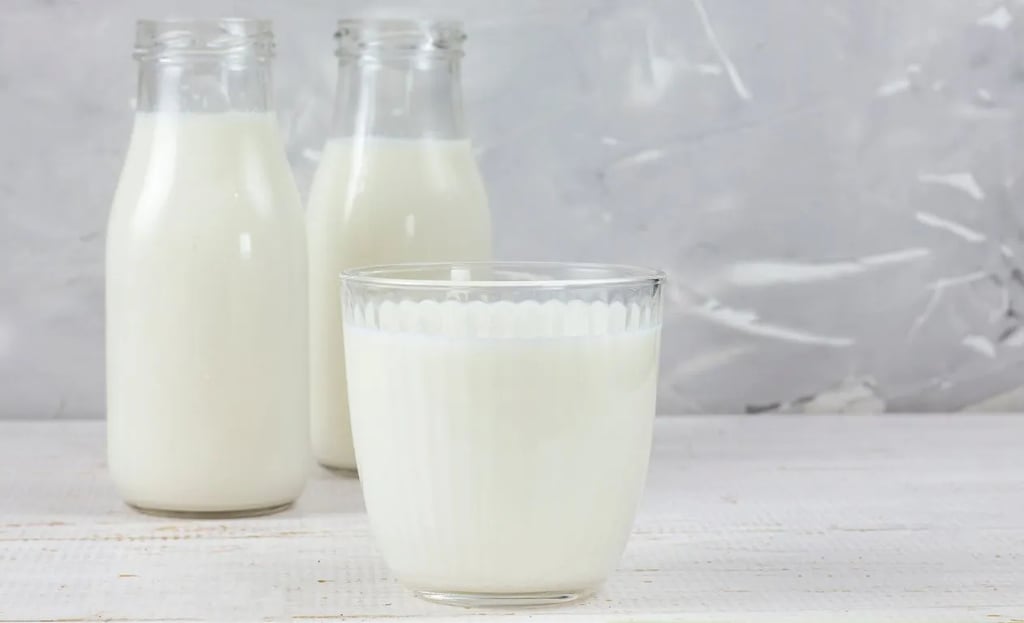Low Fat Milk Demand Shifts with Health and Market Trends
Low fat milk demand is changing as health trends, market data, and consumer preferences reshape the dairy sector.
A BRAND


Low fat milk is still holding ground in dairy aisles.
The category moves steady this year, pushed by shoppers who want less saturated fat and fewer calories but still want the protein and calcium.
Supermarkets keep shelf space for it.
Distribution is wide — from main grocery chains to small convenience shops.
It’s a regular pick for families who watch diet but still want milk in the fridge.
Health is the main driver.
Lower fat levels are linked to cholesterol control and heart health.
Fortified low fat milk can match whole milk on calcium and vitamin D.
For some buyers, that’s enough reason to stick with it.
But the story is not one-way.
Some customers are going back to full-fat milk.
Taste, texture, and claims about better vitamin absorption are pulling a share of the market away from reduced-fat lines.
Dairy brands now have to cover both ends.
For business buyers, low fat milk is a stable volume product.
Foodservice keeps ordering it — schools, hospitals, sports outlets — anywhere nutrition targets matter.
Private label and branded both move well in that channel.
Analysts don’t see the category falling away.
It stays a safe choice in mixed dairy portfolios.
The challenge is keeping it relevant as consumer taste shifts.
Low fat milk is still in the basket for many, linking health targets with daily habits.
For retailers and suppliers, it’s not just a shelf filler — it’s a steady line that works year after year.
